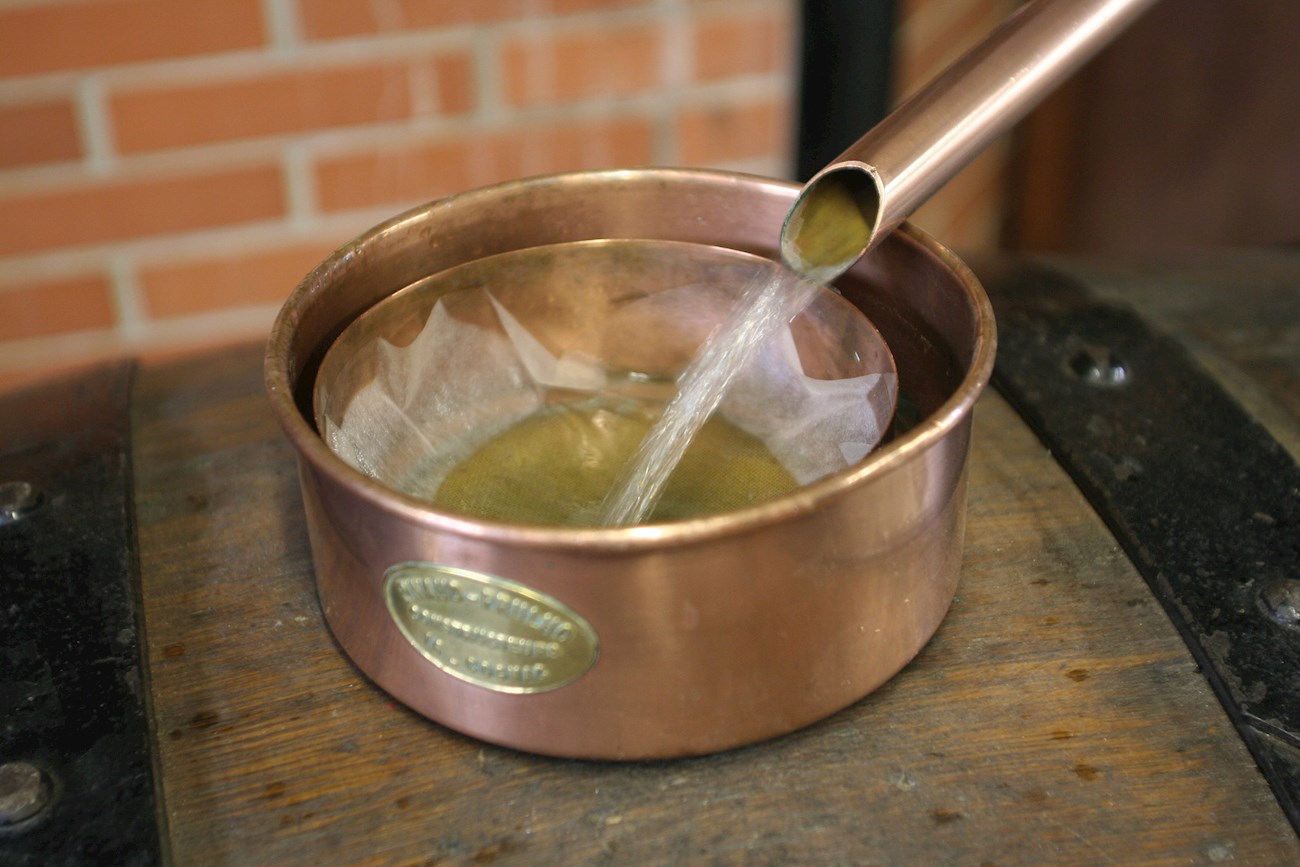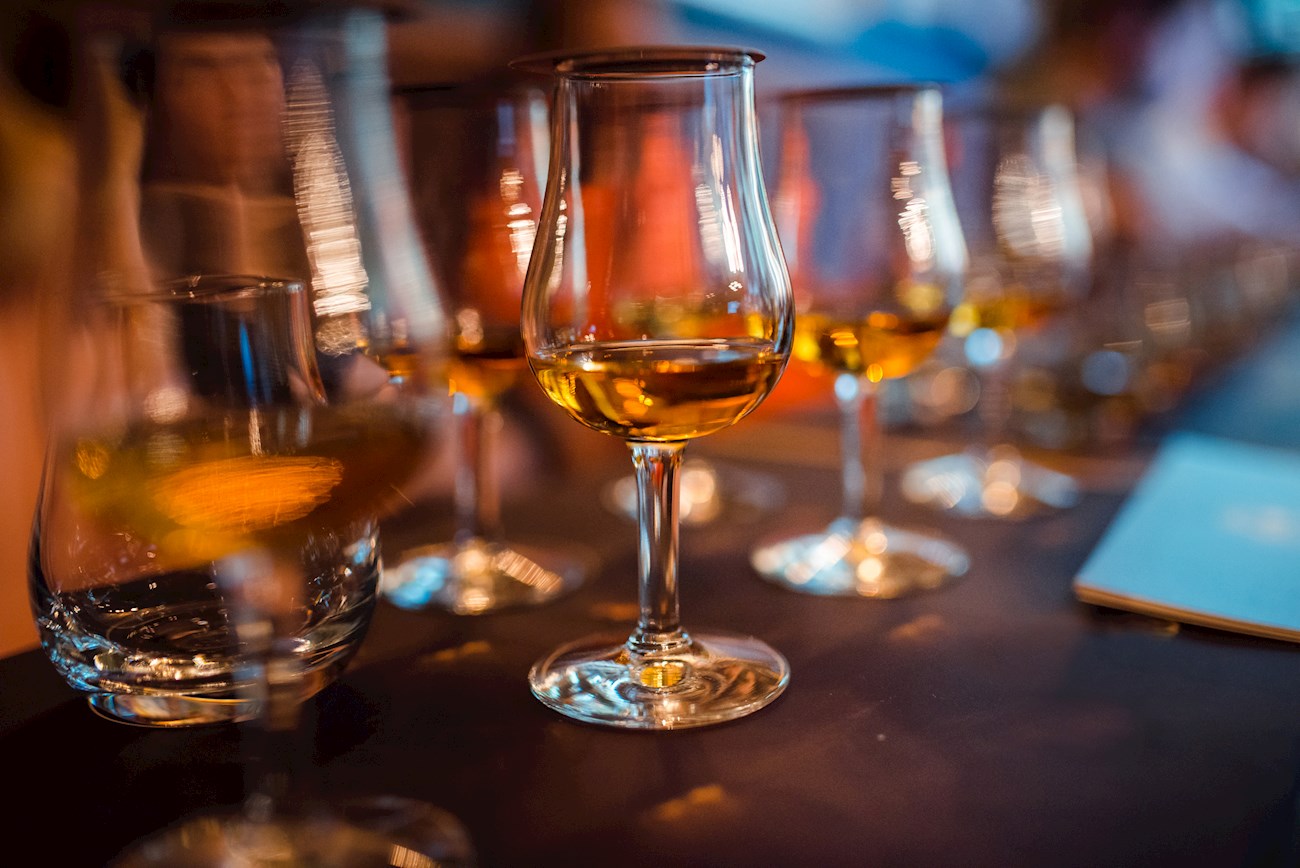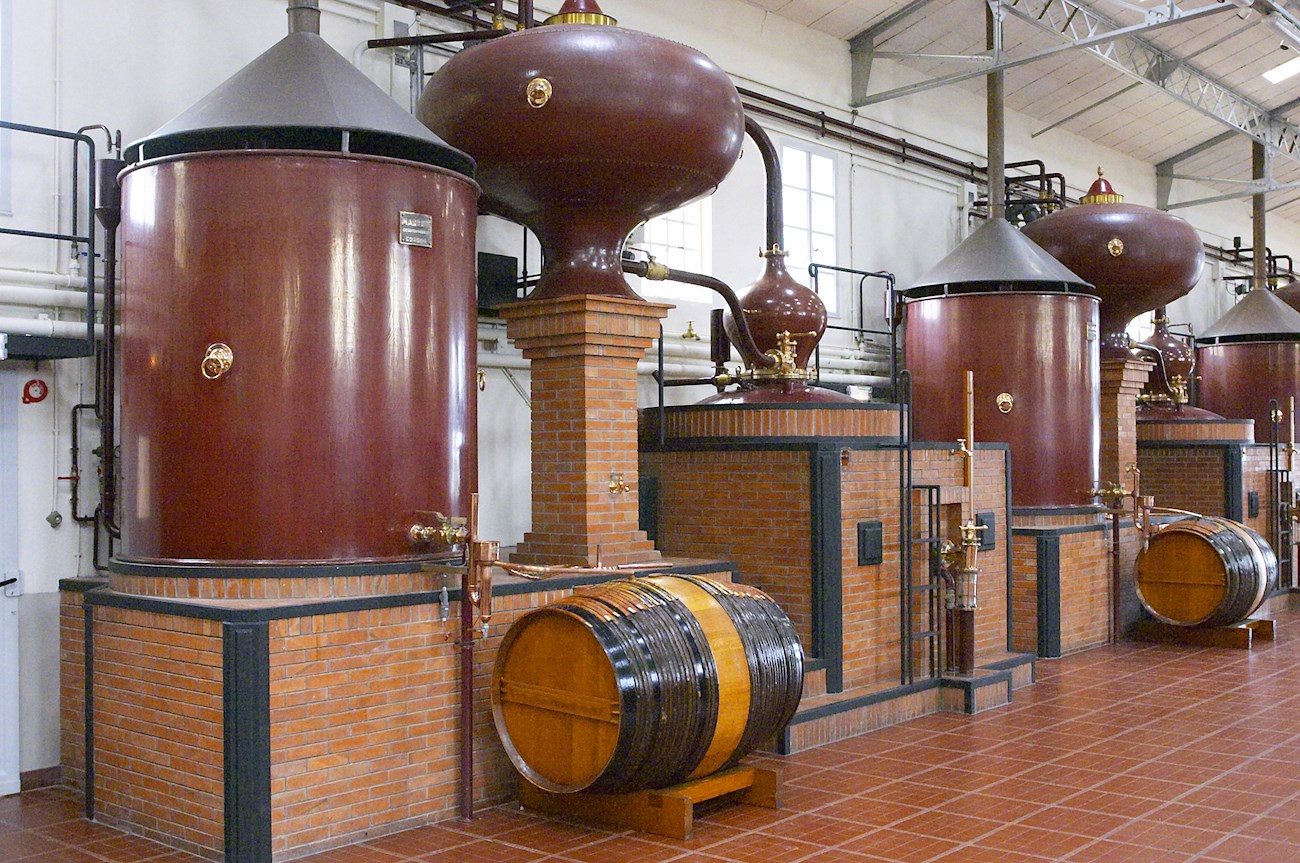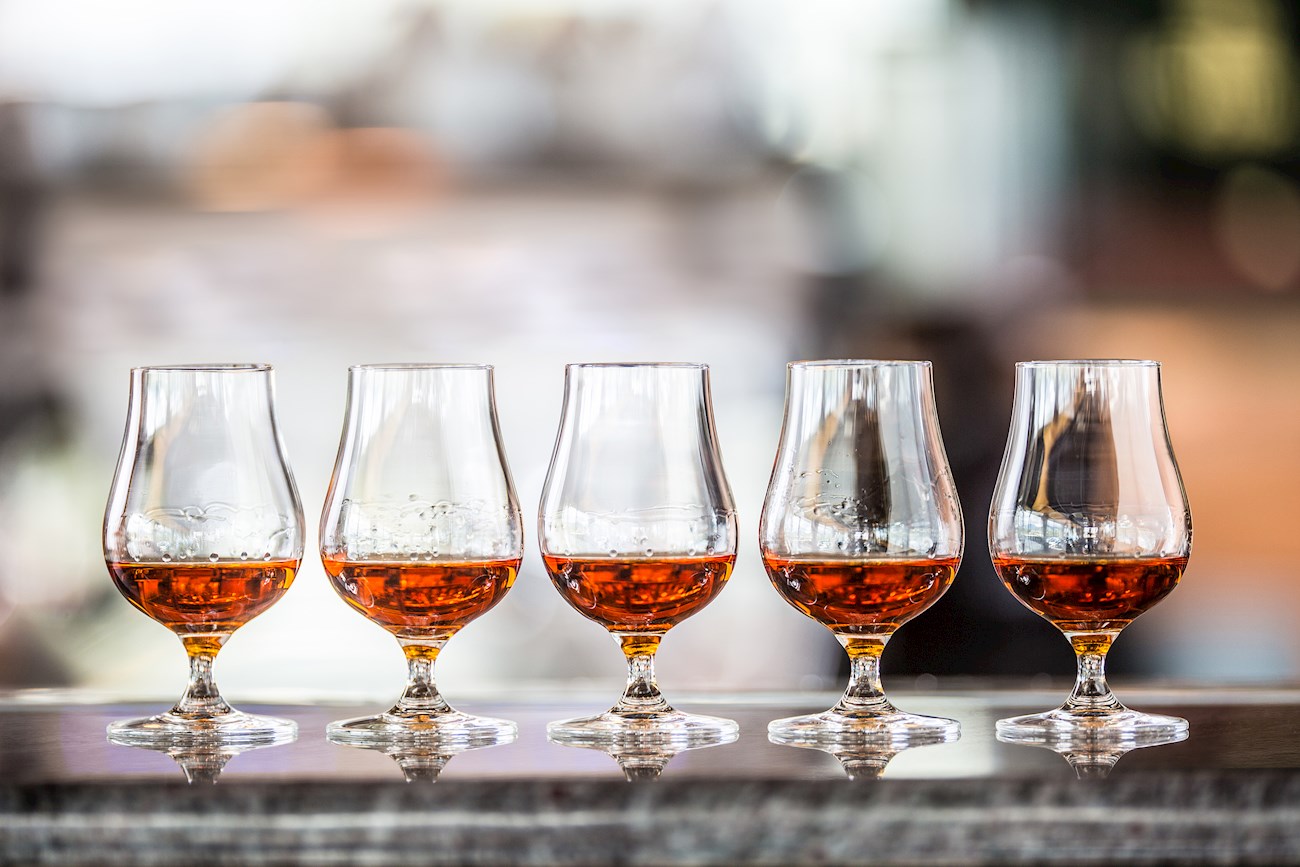Cognac
This classic French brandy is distilled from grapes in order to produce eau-de-vie, which is then aged and blended to make cognac. The drink originated when it was revealed that eau-de-vie brandy of the Charente region develops different and more sophisticated flavors when aged in oak casks.
Since its introduction to the global market, cognac became a sought-after drink, especially enjoyed by the British aristocracy. With the influx of low-quality drinks that were marketed as cognac, it was necessary to control its production. In 1936, cognac was regulated by the Appellation d’Origine Contrôlée (AOC), which restricted its production to six different terroirs and the area that includes the entire department of the Charente-Maritime, most of the department of Charente, and small parts of the Deux-Sèvres and Dordogne. Read more
Cognac is produced from white grape varieties, predominately Ugni Blanc, Folle Blanche or Colombard, which have low alcohol content and high level of acidity. It can be aged for a minimum of two years, while most varieties reach their peak of maturation after 60 years.
The official quality grades of each cognac are strictly controlled and include VS (aged for at least two years), VSOP (aged for at least four years), XO or Napoléon (aged for at least six years), and Hors d'âge (high-quality, aged beyond the official scale).
The great art of cognac is in the blending process, and if done properly, the final blend will result in a balanced and harmonious product. Younger varieties are typically characterized by floral and fruity notes, while the older varieties develop more complex, spicy flavors with subtle notes of vanilla, cinnamon, and coffee.
High-quality cognac can be enjoyed neat, over ice, or diluted with water. It is traditionally served in a balloon or tulip glass, which helps to release its bouquet. If used in cocktails, it is recommended to opt for younger cognac varieties. Some of the prominent cognac brands include Hennessy, Martell, Courvoisier, Camus and Rémy Martin.
Best Cognac





